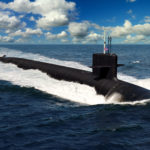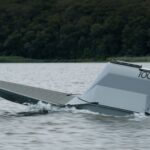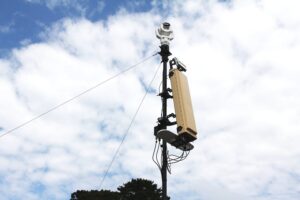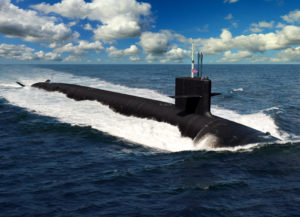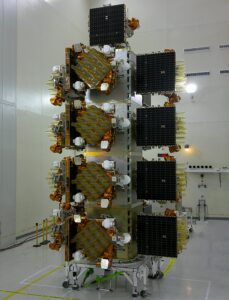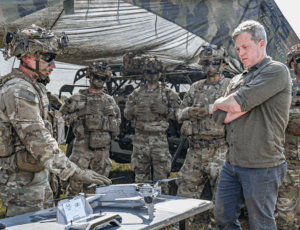
A Marine Corps official this week said the service is looking to field two new mobile air defense systems by next year as an example of how quickly it is developing systems to counter enemy Unmanned Aerial System (UAS). “I somewhat like to brag about how quickly we've developed our counter-UAS capabilities. So five years ago, the Marine Corps really just had Stinger, that was it. Now, we're on the cusp of deploying a whole suite of systems to counter-UAS…

 By
By 
